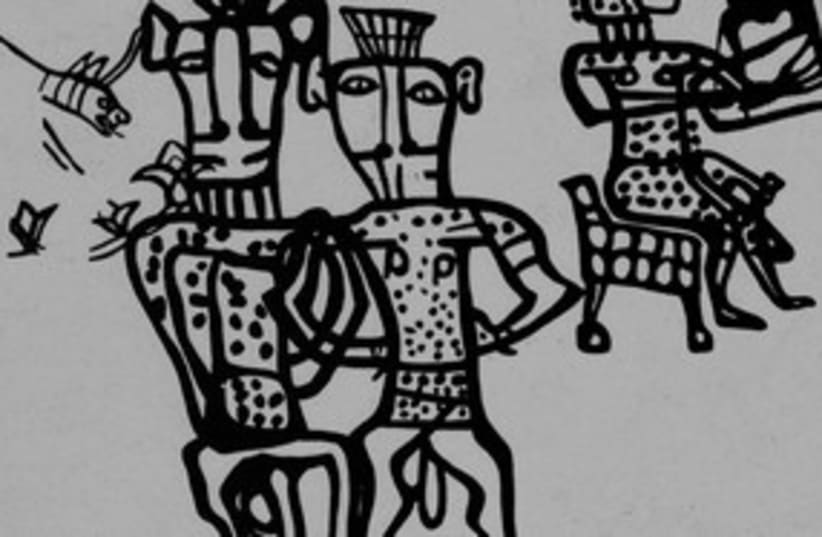The writer is the founding editor of Biblical Archaeology Review, the world’s largest-circulation magazine devoted to biblical archeology.
Another unexpected surprise from the Egyptian revolution
Rare artifacts have now resurfaced 35 years after they were excavated from the Sinai by Israeli archeologists and handed over to Egypt.

The writer is the founding editor of Biblical Archaeology Review, the world’s largest-circulation magazine devoted to biblical archeology.